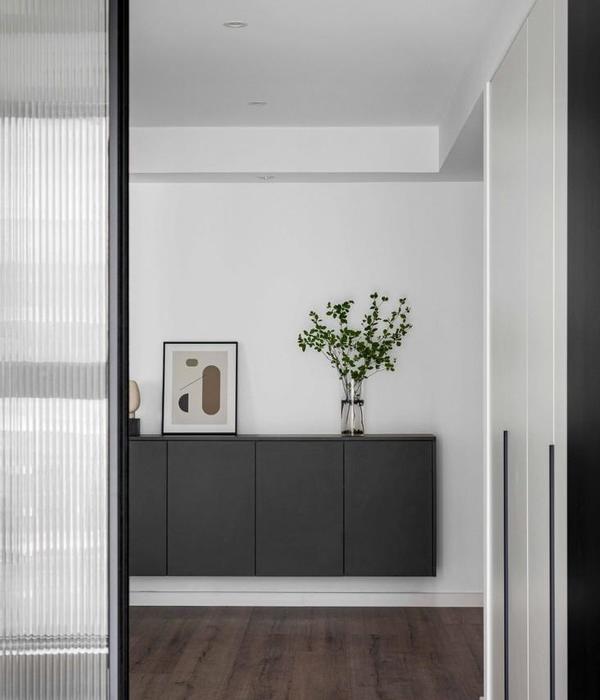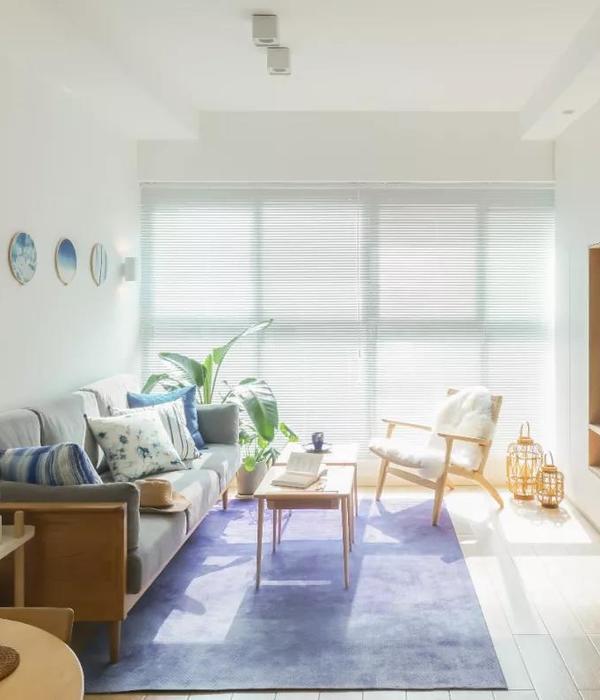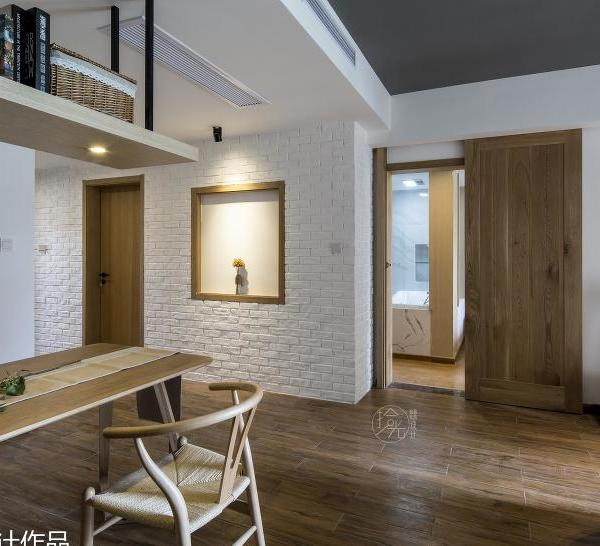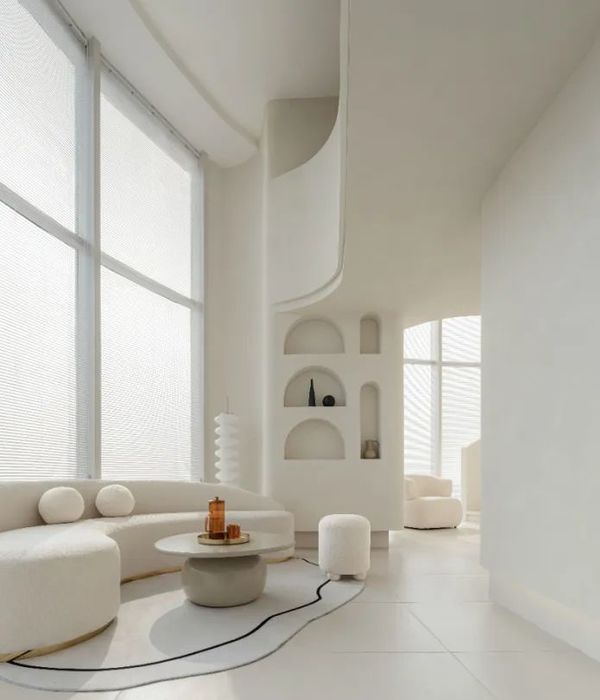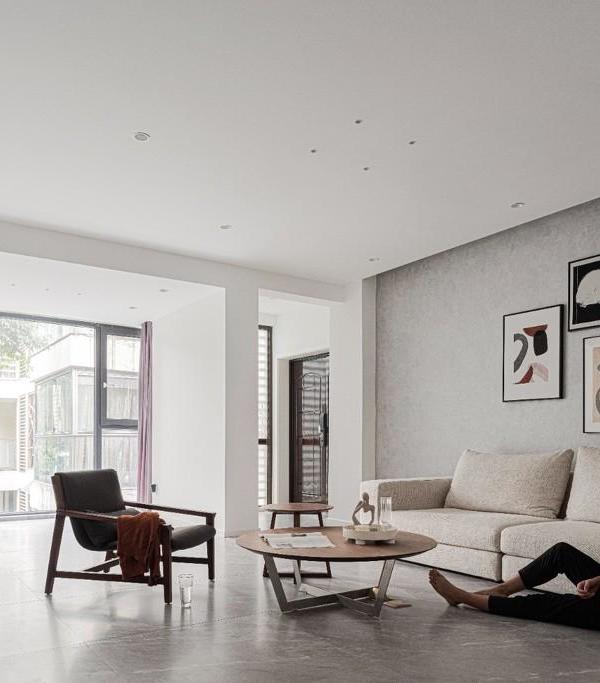Like any other living organism, the city of Barcelona is constantly destroying and rejuvenating its cells. One neighbourhood, one block, one building at a time; One person, one brick, one water drop at a time, the city renews itself.
Home to Arata Isozaki’s Palau Sant Jordi, the area of Montjuic is a perfect example of the ever-changing nature of the city. From its beginning as a grazing ground for the historic inhabitants of Ciutat Vella, to becoming the symbol of anti-fascism through the construction of an alternative Olympic game site in 1936 and its partial destruction two years later during the Civil War, to its major reconstruction to accommodate the 1992 Olympic games and the programmatic mix of today, the site stands as a testament of both birth and death, of subsequent construction and destruction.
Designed by Arata Isozaki, for the 1992 Olympic games, Palau Sant Jordi was, at the time, a new organism emerging as part of the fabric of the city. The domed roof structure and hydraulic methods of construction applied portray Isozaki’s philosophy of a dynamic building, open to change and accepting the destruction and regeneration of its constituent cells as a means of survival.
It is in this realm of cellular birth and death that the concept of retrofitting emerges as the mechanism of sustaining life. Twenty five years into the buildings life-cycle, cellular death starts to become apparent at the level of the services. Not a surprising fact, given that in any 24 hour cycle, the building can house up to 24 thousand people. The project revolves around retrofitting a relatively small but vital apparatus of the building, the lavatories.
The destructive forces applied to the building include the slow decay brought on through usage and the gap created between the design concepts and today’s social attitudes. Aged fittings create water waste, the existing accessible ceiling poses the risk of vandalism and the lack of homogeneity characteristic of the lighting conditions affects the functionality of the existing services.
Nested inside the circular gallery, the service level now appears somewhat disconnected from the storyline of the complex dome structure. By rethinking the ceiling structure, a new visual and sensory connection is established.
Exploiting the elastic properties of plaster board, the proposed ceiling creates an intimate experience. Isozaki’s gigantic dome structure is visually referenced through the curvature but also in terms of its dynamic genesis. Using computer aided design and CNC technology, the boards are pre-cut in digital workshop and assembled on site. At a much smaller scale but extremely similar to the construction process of the entire building; the final shapes of the smooth, undulating curves are defined, through tensioning the boards.
The dome shapes also play an important part in retrofitting the lighting conditions of the space. Due to the curvature of the ceiling, light is reflected and diffused evenly inside the space, limiting the number fixtures needed. An efficient, optimal design is reached by further replacing the light sources with LED bulbs, which help reduce the overall energy consumption.
Another important optimisation is the reduction of water consumption. At present, each tap consumes roughly 12 litres of water per minute. The intervention includes a reduction of 50% in water consumption, through the use of controlled flow rate, ecological fittings.
Given the capacity of the venue, the building would consume the volume of an Olympic sized swimming pool during two event sessions. The replacement of the sanitary fittings, a seemingly small intervention, therefore has a large scale impact on the performance of the venue. Much like the case of vital nano-processes that occur in living organisms, the function and wellbeing of the building, neighbourhood and city as a whole is determined by the character of its micro-structure.
Being the description of architecture as an organic process encompassing both destruction and creation, the architectural concept of “cellular retrofit” emerges as a creation force opposing the destructive nature of time and use. We must, therefore interpret destruction as the inherent nature of a city by embracing optimisation and environmental awareness in the form of cellular retrofit.
{{item.text_origin}}

